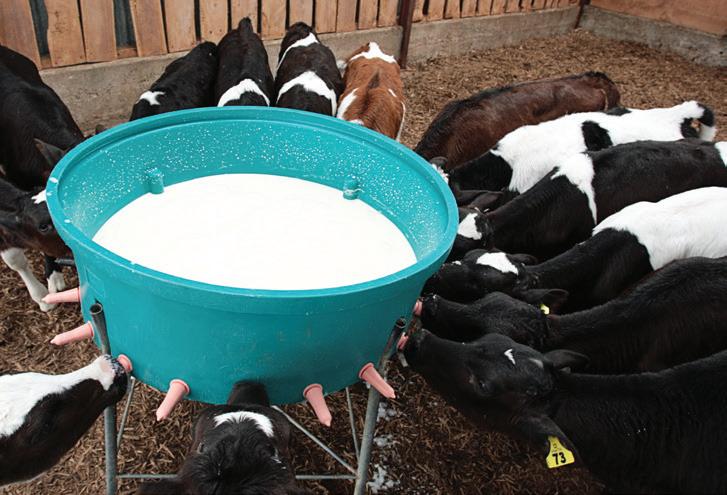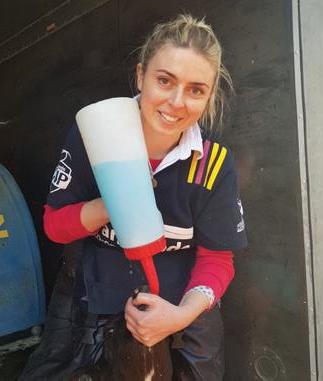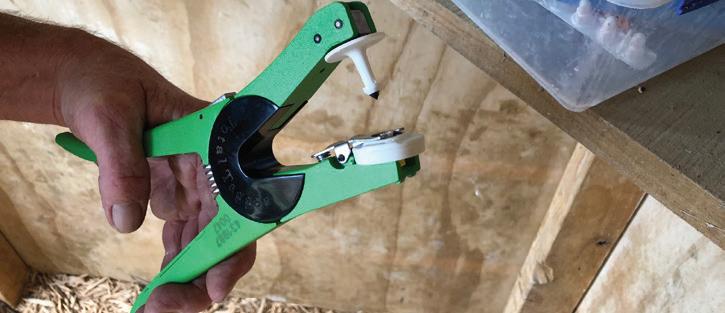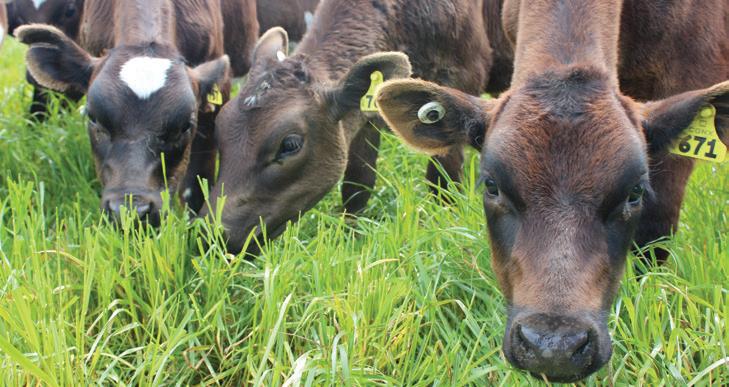Calf housing To get the most out of calves, it is essential they are provided with good housing. Poor comfort increases energy demand and stress, which results in reduced performance and immune response. Young calves are born with very little fat reserves to use to keep warm, so they are susceptible to the effects of wind and rain. Calves should ideally be sheltered inside for at least 3–4 weeks after birth as cold, wet calves will put their energy into staying warm rather than growing. Calves can be moved outdoors at 3–4 weeks old but should still always have access to shelter from wind chill and draughts e.g. thick hedging, large straw bales or covered shelter. Keeping calves warm and dry will prevent them from shivering — which increases energy demand and depresses growth rate. Friesian calves start to shiver at 3°C when dry and 13°C when wet. For jersey calves, this can be around 8°C if dry and 18°C if wet. When calves are out at grass, calf covers can be a good option to keep out the wind and rain and this can be particularly beneficial in exposed surroundings.
12 | FARMLANDS CALF REARING GUIDE
Guidelines for calf housing •
A calf shed with separate pens is necessary. The rule of thumb is 10 – 12 calves per pen, with an extra pen specifically for sick animals.
•
Allow adequate space for calves — at least 1.5 – 2m2 per calf.
•
Keep calves in groups according to age and/or fast and slow drinkers where possible, this will minimise bullying and stress, meaning calves will be healthier and will grow faster.
•
Dry, draught free pens with good daylight exposure are best. If you can feel a draught on the back of your hand at calf level, it’s too draughty.
•
Pens should be constructed with three solid walls using sheet metal or untreated plywood, with one end open to allow good ventilation and the removal of gases and ammonia from urine. This open end should ideally face leeward and north for sunshine.
•
Pens should be twice as long as it is wide to allow calves to move to the back to get out of wind and rain.
•
Ideally the floor should be coarse gravel, sand or small stones and have adequate depth of drainage.
•
Bedding should be straw, untreated bark/wood chip or sawdust and should be 300mm deep or more. The bedding must be kept clean and dry.













